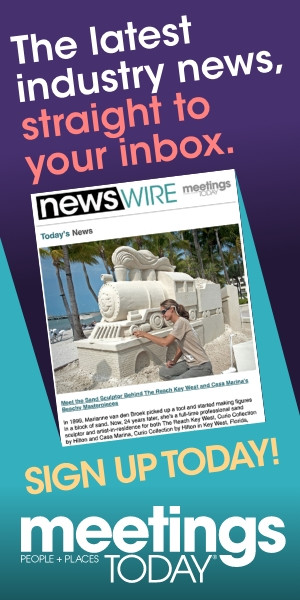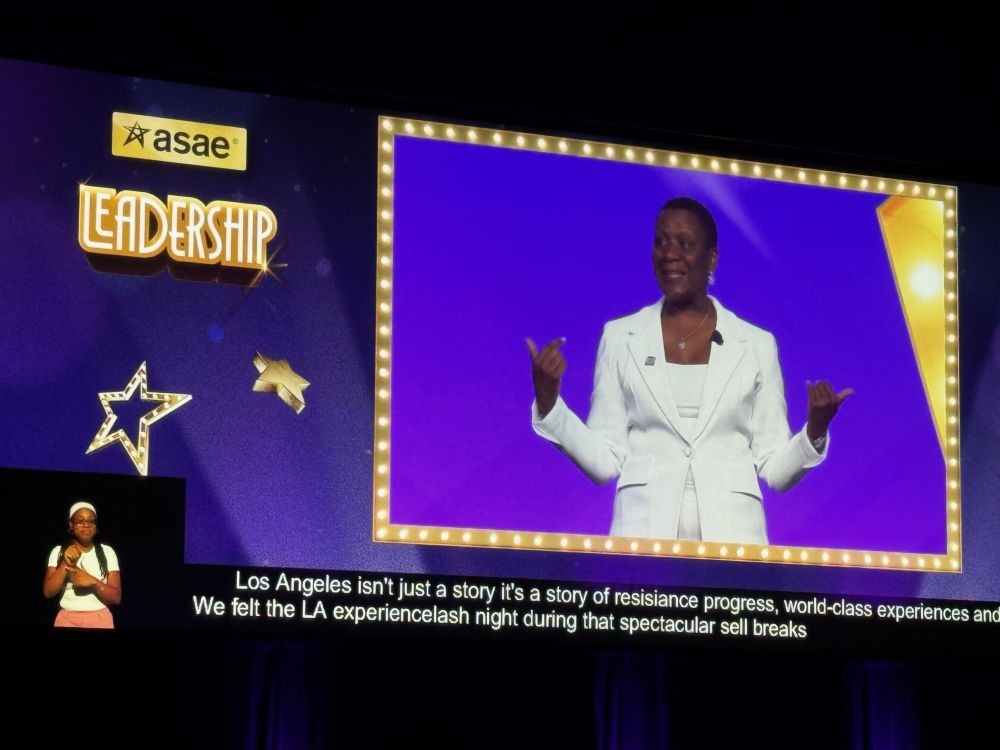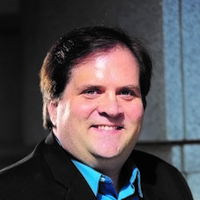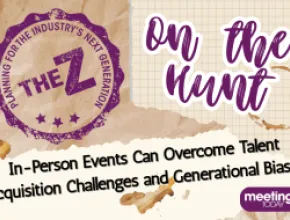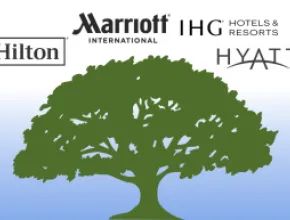Associations have had a challenging beginning of 2025, having fought off an attempt to eliminate the tax-exempt status of nonprofits in the One Big Beautiful Bill Act that, if not successfully scuttled, would have posed an existential threat to many associations.
But that same bill brought a fortuitous inclusion that may greatly benefit associations: the allowance of certain postsecondary credentialing expenses to be treated as qualified higher education expenses. In other words, the same tax benefits a parent or student may receive for spending income on higher education now includes spending on industry designations such as a CMP or CAE (certified association executive).
[Learn more: Why a New Tax Law May Be a Boon to Associations]
To help make sense of it all, and stress that associations are not yet out of the proverbial woods, the leadership of ASAE detailed their victories and challenges at the association of association’s Annual Meeting & Exposition, held August 9-12 at the Los Angeles Convention Center.
Carrying the theme “Imagine the Possibilities,” the conference addressed these complex subjects but also kicked off with an inspiring keynote by NBA legend Earvin “Magic” Johnson. The Los Angeles Lakers legend has more than proven his off-court acumen as a business leader who has significant ownership stakes in a variety of high-profile professional sports teams as well as a very impressive and what some may say counter-intuitive track record building successful businesses in underserved communities.
ASAE’s Annual Posts Impressive Numbers
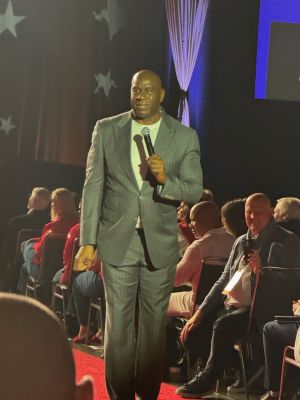
Regardless of the challenges facing associations in 2025, including a federal about-face on DEI programs also added to the concerns, ASAE’s Annual Meeting & Exposition 2025 will be deemed a success along with the health of the association itself.
According to ASAE, its membership has increased 6% in the past year and the Annual Meeting drew an impressive 5,082 attendees comprised of 2,725 association professionals, 1,972 exhibitors and 385 others (speakers, guests, volunteers and press). The buyer-to-seller ratio of 62% to 38% was also impressive and the expo hall was a sellout.
ASAE President and CEO Michele Mason said the Annual Meeting surpassed its revenue goals and The ASAE Foundation’s sold out The Classic event brought in $500,000 that will fuel the Foundation’s research projects, scholarships and resources for members.
“This is truly the Super Bowl of meetings, and we've demonstrated that through the partnership with L.A.,” Mason said of the host city. “The immediate economic impact of hosting this meeting typically ranges between $15 [million] and $18 million over the course of four days, but long-term impact is greater historically. What we've learned from our meetings is around 20% of our attendees will book a future meeting in the host city within five years.”
ASAE also issued a check for $42,000 through the ASAE Research Foundation to support the California Fire Foundation as well as the American Red Cross to help Los Angeles recover from the devastating wildfires it suffered at the beginning of the year.
Host City L.A. in the Spotlight
The host city got a chance to reciprocate its appreciation of ASAE hosting its Annual Meeting in the City of Angels, with Chief Tourism Officer for the City of Los Angeles Doane Liu and Adam Burke, president and CEO of Discover Los Angeles, taking the podium during the meeting’s press conference to extol the positive aspects of Los Angeles as a meeting destination and also clear the air about what they believe was a sensationalistic perception of the amount of damage the wildfires caused to the massive metro.
Liu discussed some of the major global sporting events, and related infrastructure projects, scheduled for the city in the next few years, including FIFA World Cup—the world's single-largest sporting event—as well as the NBA All-Star Game in 2026, Super Bowl LXI in 2027 and the 2028 Summer Olympics and Paralympics in 2028.
One major infrastructure project that will greatly appeal to the meetings and conventions industry is the nearly complete multibillion-dollar modernization of Los Angeles International Airport, including the much-anticipated people mover that will greatly alleviate traffic congestion.
Liu also highlighted the city’s new Safety and Security Task Force that will align city departments to ensure safety and security for citywide meetings, and the expansion and modernization of the Los Angeles Convention Center, which the Los Angeles City Council is expected to vote on in the next two months.
“The convention sector is growing and the demand for space for professional meetings is high, and that's why it's critical that the city moves forward on the expansion and modernization of the convention center,” Liu said. “This project will help the convention center meet the demands of today's and tomorrow's meeting planners and attendees, ensuring L.A. is a first-choice destination.”
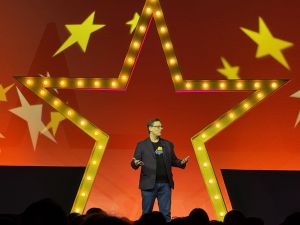
As the leader of the city’s DMO, Burke took the opportunity on more than one occasion during the event to recognize the devastating impact the January 2025 wildfires had on the Los Angeles communities of Pacific Palisades and Altadena in particular, but also what he believed was sensational coverage by the media that overstated the damage to the city as a whole.
“Remarkably, Visit California did their own sentiment research about two months after the fires and found that the average American traveler believed that 41% of the region had been damaged by the fires,” said Burke, who did acknowledge the catastrophic damage to Pacific Palisades and Altadena. “The actual number is less than 2% and there is not one piece of the visitor experience that's been directly impacted.
“I think what we've learned from Lahaina [Maui], Asheville [North Carolina] and other places is you have to get in front of it where you can actually significantly exacerbate negative impacts on your community,” he added.
As with ASAE, key Los Angeles numbers are trending upwards, according to Burke.
“In L.A., 2019 was the high watermark for record visitation, and we're just about back there,” he said. “We had 50 million visitors in 2019; we hit that again last year, but we had about $30 billion in total economic impact from leisure travel. We had about $25 billion from professional meetings and events, and fully a third of that came through this building, the Los Angeles Convention Center…There has been tremendous investment across the entire region in new hotel product. Since 2020, we've added nearly 10,000 new rooms to our inventory, so that really gives us a lot more flexibility. I think that's going to be a game-changer for us.”
[Related: L.A. Is Taking the World Stage With Marquee Sporting Events and Venues]
ASAE’s Challenges and Successes
Chris Vest, ASAE’s vice president, corporate communications and PR, detailed some of the major challenges confronted and overcome via the advocacy efforts of the association.
“We really averted a pretty significant crisis for associations and secured some important victories for our community [regarding] the sweeping tax legislation that was signed into law last month,” he said. “ASAE-led coalitions played a pivotal role in shaping that final bill. We had our Community Impact Coalition that successfully blocked several of these harmful provisions that were originally in the House bill, but we were able to be successful in having those taken out before the bill was passed.
“Our Tomorrow's Workforce Coalition championed the inclusion of the 529 Savings Plan expansion legislation to cover the type of training and certifications that are provided by associations,” he continued. “That was something that was a major advocacy priority for us for several years before it was passed this year. We are continuing to grow these coalitions because workforce remains a very huge priority issue for us, and it's an area where associations can and do lead when it comes to training the workforce of tomorrow.”
Vest added that the association community is girding for future tax bill challenges later this year.
“We know we have to stay vigilant in educating Congress about the valuable role that associations play in the economy, in society, so we will continue our leadership from that standpoint, our coalition-building work,” he said.
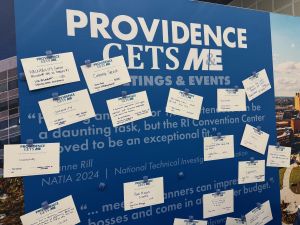
“There were over 200 tax proposals that were not included in the bill that was passed last month, but they were brought up; they were on the table,” Vest added. “We think these conversations will continue, and we have to continue to fight this perception that associations don't deserve or justify the tax-exempt status that they enjoy. That’s a messaging issue for us that we need to continue to hammer home with elected officials and their staffs.”
Vest said that ASAE’s AI Coalition, in its second year and comprised of 70 association leaders from a wide range of sectors, is actively planning around many of the workforce issues that have been raised by the administration's AI action plan.
“We're working to make sure that the association community has a seat at the table as federal regulations governing AI are discussed,” he said.
[Related: 4 Issues Ailing the Associations Segment in 2025]
What’s Become of DEI?
DEI (diversity, equity and inclusion) has been a major emphasis not only in the association community, but also in the meetings and events industry as a whole.
The Trump Administration’s attack on DEI programs has resulted in higher education and corporations making an abrupt about-face since the beginning of the year. DEI has been a major initiative at ASAE for more than two decades, with the association having launched its Diversity Leadership Executive Program (DELP) in 2000 and featuring the latest group of DELP scholars on the main stage of its Annual Meeting this year.
According to Mason, ASAE will continue to offer programs for underrepresented communities as part of its workforce strategy, which it believes can align with the stated priorities of the new administration.
“Our plan is to really focus on a broader workforce strategy, and within that workforce strategy we will focus on what we refer to as conscious inclusion,” she said. “In terms of DEI, it’s the intentionality behind being inclusive. On July 23, the administration released a roadmap on AI, and on that roadmap had a strong focus on the workforce. Back in May, the administration released an executive order on a highly trained workforce, so that's one message that we can go in and find common ground with the administration, and within that, we will focus on inclusivity as far as our programs are concerned.
“We're doing the work; it's not really the words that we're focused on,” Mason continued. “So, we will continue with our DELP program, we will continue with our ReadyMe program, which provides essential skill development to a wide variety of members, and we will start focusing on journey maps to help leaders be successful within ASAE. What we believe is, if you hold it separate as a program, then that's where you become a target. So, this is just how we do the work as part of our continued values at ASAE.”
Burke piggybacked on Mason’s sentiments.
“It's not about the words, it's the work, and it's focusing on outcomes,” he said. “Our approach in L.A. Tourism has been to say, ‘You know what, every single business decision we make is an opportunity to lift up our community and create greater equitability and inclusion.
“I think it just makes good business sense, because we can't afford to leave any talent on the table in this industry; we're trying to rebuild our workforce pipeline,” he said. “You know, it's not a pie. There's plenty enough for everyone to go around.”
Listen to this next: A Conversation With New President and CEO of San Diego Tourism Authority at ASAE 2025


